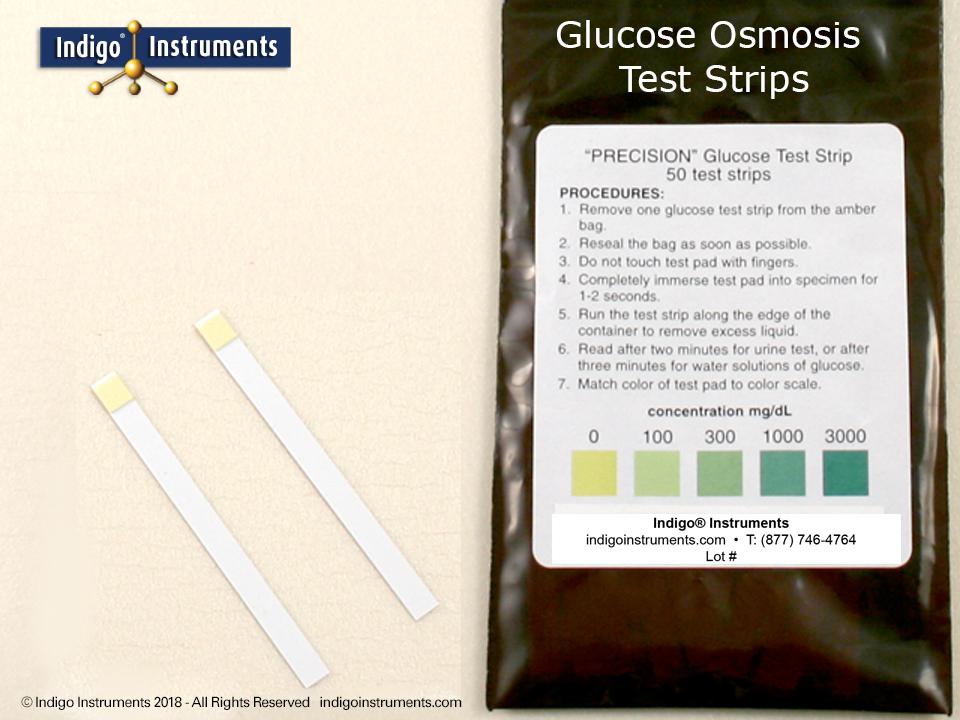Osmosis, Diffusion, Urine Glucose Test Strips
SKU: 33814-Glu
Demonstrate the principles of osmosis and diffusion using Indigo® glucose test strips. These strips help visualize concentration gradients, membrane permeability, and enzyme reactions in one easy lab.
Osmosis and diffusion are fundamental to understanding how molecules move in living systems. Using glucose test strips, students can visualize how solute concentration gradients affect the movement of water and glucose across a semi-permeable membrane. By comparing glucose concentration inside and outside a dialysis tube before and after exposure, learners directly observe diffusion in action. The enzyme-based color change offers a quick, visual confirmation of molecular movement and concentration differences.
Bring osmosis and diffusion to life. Order Indigo® glucose test strips today and let your students see concentration gradients in real time.
